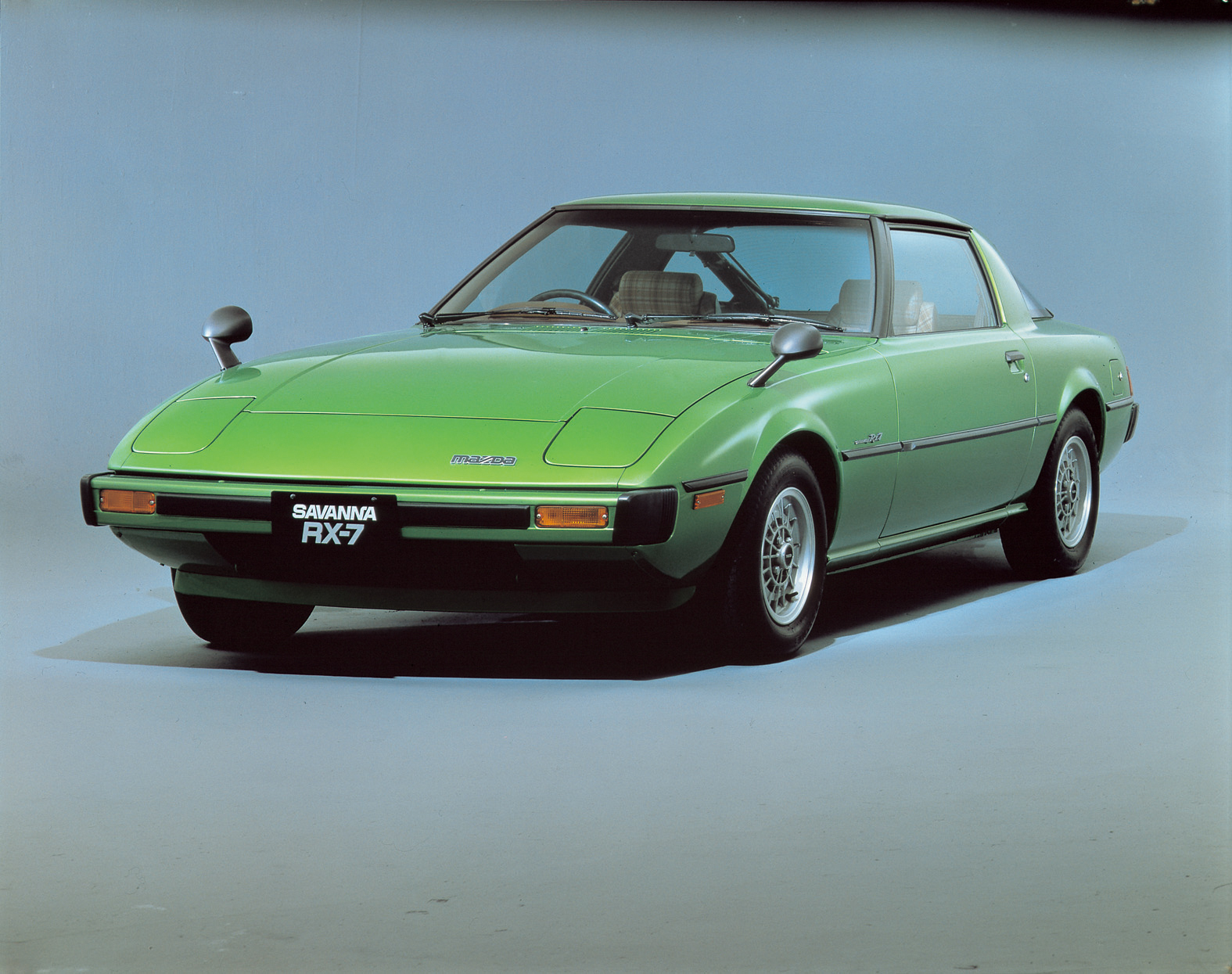
MAZDA CELEBRATES 50 YEARS OF CHALLENGING CONVENTION
IRVINE, Calif. (May 30, 2017) – Fifty years ago today, Mazda Motor Corporation began its legacy of doing what was said couldn’t be done.
Mazda — then Toyo Kogyo Corporation — needed to create a unique technology that would differentiate it among a rapidly globalizing Japanese automotive industry in order to stay independent. In 1961, Mazda licensed NSU Motorenwerke AG and Wankel GmbH’s rotary engine technology, sharing learnings with the German companies in hopes of making wider use of the engine.
Once the prototype rotary engine arrived in Hiroshima, testing began. Unfortunately, within the first hour of running, the engine seized. Mazda had wagered its entire existence on this one engine technology; failure would not be an option, but early impressions meant there was much to be done to keep Mazda afloat.
Knowing how imperative the success of the rotary engine would be for the company, Chief Engineer Kenichi Yamamoto assembled a team of Mazda’s most talented engineers — known as the 47 Samurai — to make the rotary engine viable. Of course, they knew other automakers from the around the world had tried or were trying to do so as well; none had succeeded, though.
After a highly lauded debut at the 1964 Tokyo Motor Show, on May 30, 1967, the Mazda Cosmo Sport 110S — the world’s first production twin-rotor, rotary-engined car — went on sale in Japan. It was Mazda’s first sports car, and all the more newsworthy because the company had been known only for its small passenger cars and work trucks to that point. Its low shape complemented the compact dimensions of its two-rotor engine.
Just 1,176 production Cosmo Sports would be built, but its legacy would stretch much, much further. From the earliest races, such as the 84-hour Marathon de la Route in 1968, Mazda never stopped challenging its engineers and designers to keep improving their craft.
Eventually, those efforts would spawn championship-winning motorsports programs all over the world, as well as leading the way for subsequent sports cars that focused on lightweight performance over brute strength. The highest point of Mazda’s development of the rotary engine was in 1991, when the quad-rotor-powered Mazda 787B won the famed 24 Hours of Le Mans. During its production, more than 1.99 million rotary-engine vehicles were produced, from sports cars to sedans and even a 26-passenger bus.
Much as with today’s Mazda cars and crossover SUVs, hashiru yorokobi — exhilaration, joy and wellbeing from driving — continues to be a critical part of what makes Mazdas what they are.
A Legacy of Innovation: Then and Now
From its earliest days as a manufacturer of high-precision machine tools to today as a provider of exceptional customer experiences through its vehicles, Mazda aims to create a strong emotional connection with customers by offering a unique combination of driving pleasure and outstanding environmental and safety performance.
Today, Mazda’s SKYACTIV Technology continues to delight drivers and passengers with a human-centric focus on the entire driving experience.
But, much as was the case with the Wankel rotary engine, developing SKYACTIV Technology was thought to be an impossible task, never mind the fact that it was being developed by an independent, smaller automaker during the 2008 world financial crisis.
When Mazda introduced its SKYACTIV-Engine family, no other gasoline-powered production vehicle could operate with a 14.0:1 compression ratio — the world’s highest. Similarly, no other diesel engine could achieve a 14.4:1 compression ratio either — the world’s lowest. Today, Mazda’s clean-operating SKYACTIV engines are still unmatched in their balance of performance, driving engagement and environmental efficiency.
Lightweight, rigid SKYACTIV-Chassis and SKYACTIV-Body units allow Mazda vehicles to thrill the driver and passengers as much as protect them. And, in combination with all other SKYACTIV Technologies, the chassis and body designs and engineering allow for an unmatched Jinba Ittai driving experience in every Mazda, whether the iconic MX-5 Miata sports car or the seven-passenger CX-9 crossover SUV — driver and car as one.
Mazda continues to push technology, engineering and design thresholds to deliver cars and crossover SUVs for people who cherish driving. Then, as now, Mazda will never stop challenging.

50 YEARS AGO: MAZDA LAUNCHES ROTARY-POWERED COSMO
- Mazda Cosmo Sport laid the foundation for the brand’s distinctive tradition of innovation
- Challenger spirit behind the rotary engine lives on at Mazda with SKYACTIV Technology
Tokyo / Leverkusen, 30 May 2017. It was a pivotal moment in automobile history when, 50 years ago today, Mazda launched its rotary-powered Mazda Cosmo Sport. The sleek, stylish two-seater marked the beginning of a legacy of innovation that endures to this day – a legacy of fun-to-drive cars and motor sport success powered by unique technology.
Back in 1967, the Cosmo Sport was the world’s first car powered by a twin-rotor engine. Known outside Japan as the 110S, it was also Mazda’s first sports car, supplying the DNA that has gone into legendary models like the Mazda RX-7 and Mazda MX-5, and indeed every vehicle the Japanese marque manufactures today. Although only 1,176 were built, the Cosmo Sport was monumental for Mazda, marking its transformation from a maker of predominantly trucks and small cars to an exciting, unique brand characterised by its convention-defying approach to engineering as well as design.
Development of the powerplant under the Cosmo Sport’s bonnet exemplifies the company’s challenger spirit and a never-give-up tradition still evident 50 years later. Mazda’s engineers surmounted numerous hurdles to making the rotary engine commercially viable, testing Cosmo Sport prototypes over hundreds of thousands of kilometres prior to the market launch. Although dozens of companies including most major carmakers signed licensing agreements with NSU to develop the German car and motorcycle maker’s new technology, only one was successful.
Having harnessed the rotary’s potential to deliver performance levels equivalent to much larger and heavier reciprocating piston engines, Mazda would go on to build almost 2 million rotary-powered vehicles, also achieving considerable racing success. The RX-7, for example, dominated its class at IMSA (International Motor Sport Association) events throughout the 1980s. But Mazda’s biggest single triumph on the track came in 1991, when a Mazda 787B powered by a 2.6-litre four-rotor powerplant producing 710PS won the 24 Hours of Le Mans. It was the only non-reciprocating engine ever to win the illustrious endurance race, and the first victory by an Asian brand.
This willingness to try new things and relentlessly push limits remains synonymous with Mazda. The approach spawned the MX-5, whose Jinba-Ittai driver-and-car-as-one ethos has made it the most popular roadster ever. It also brought the world SKYACTIV Technology. Lightweight and unusual like the rotary engine, the SKYACTIV range of powertrains, platforms, car bodies and other technology found in today’s Mazdas are the products of engineering breakthroughs to achieve an extraordinary combination of performance and efficiency. SKYACTIV engines, for example, overcome the drawbacks to extreme compression, increasing the driving fun factor while at the same time reducing fuel consumption and emissions – and differentiating Mazda from its competitors.



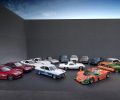
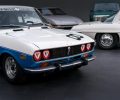
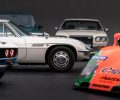
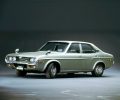
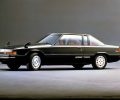

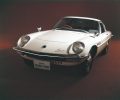
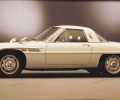
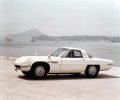
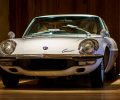
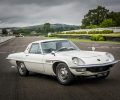
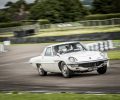
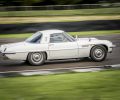
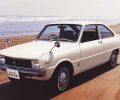
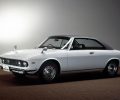
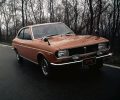
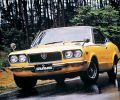
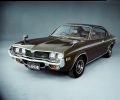
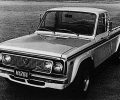
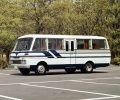
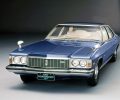
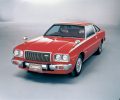
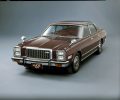
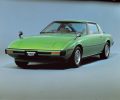
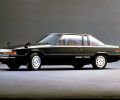
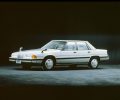
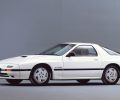
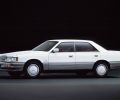
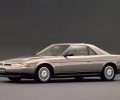
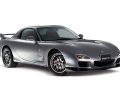
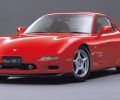
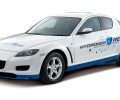
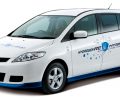
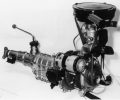
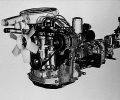
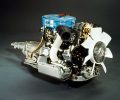


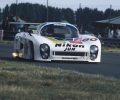
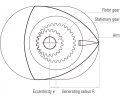
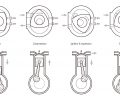
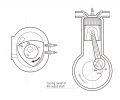

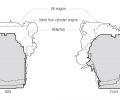
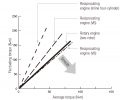
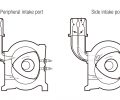
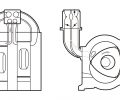
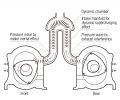
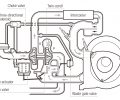
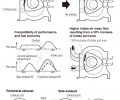
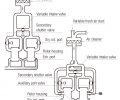
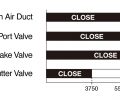
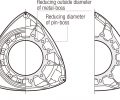
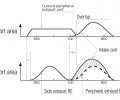
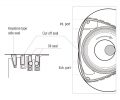
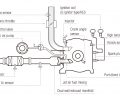
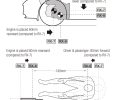
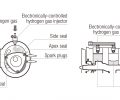
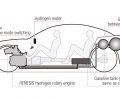
You must be logged in to post a comment.